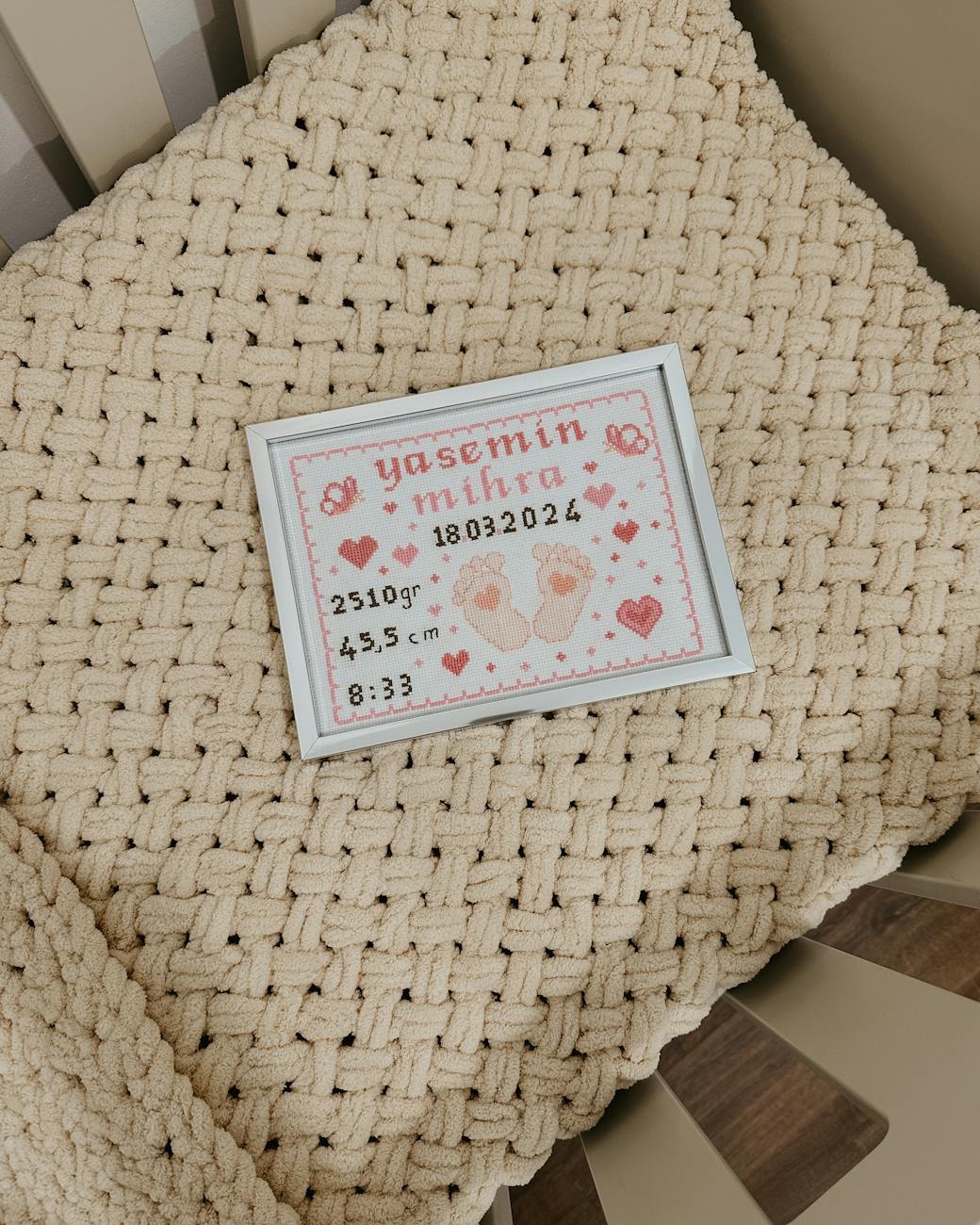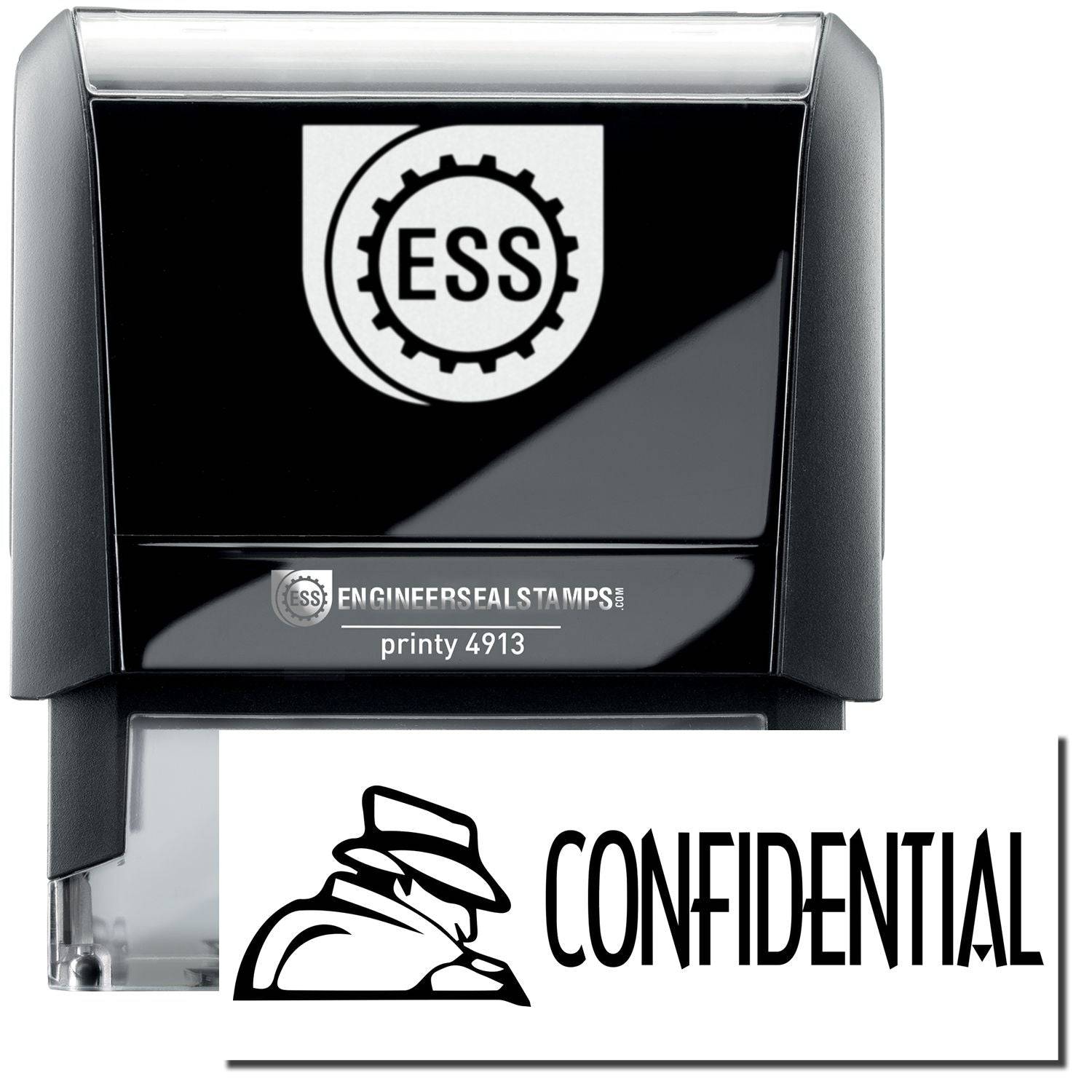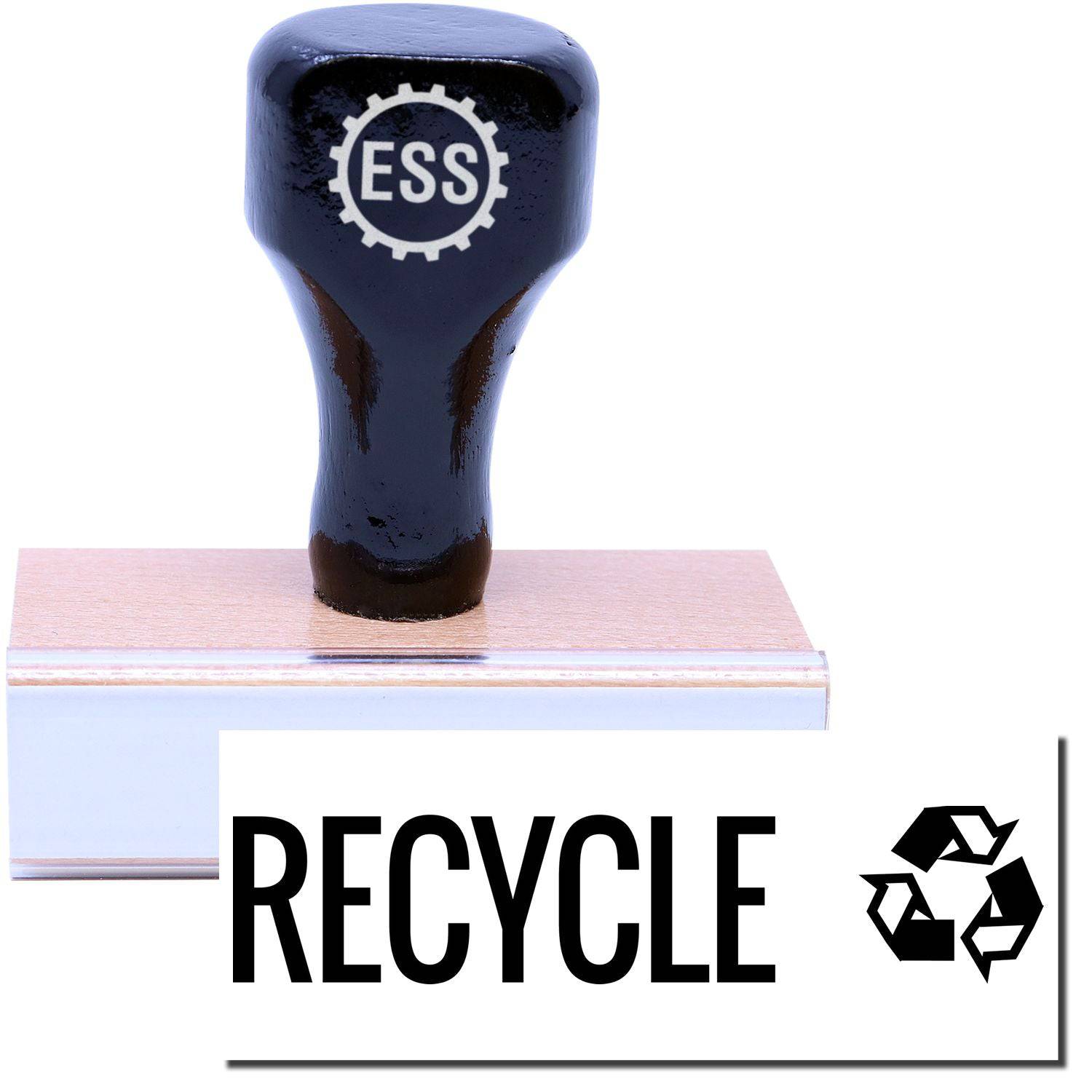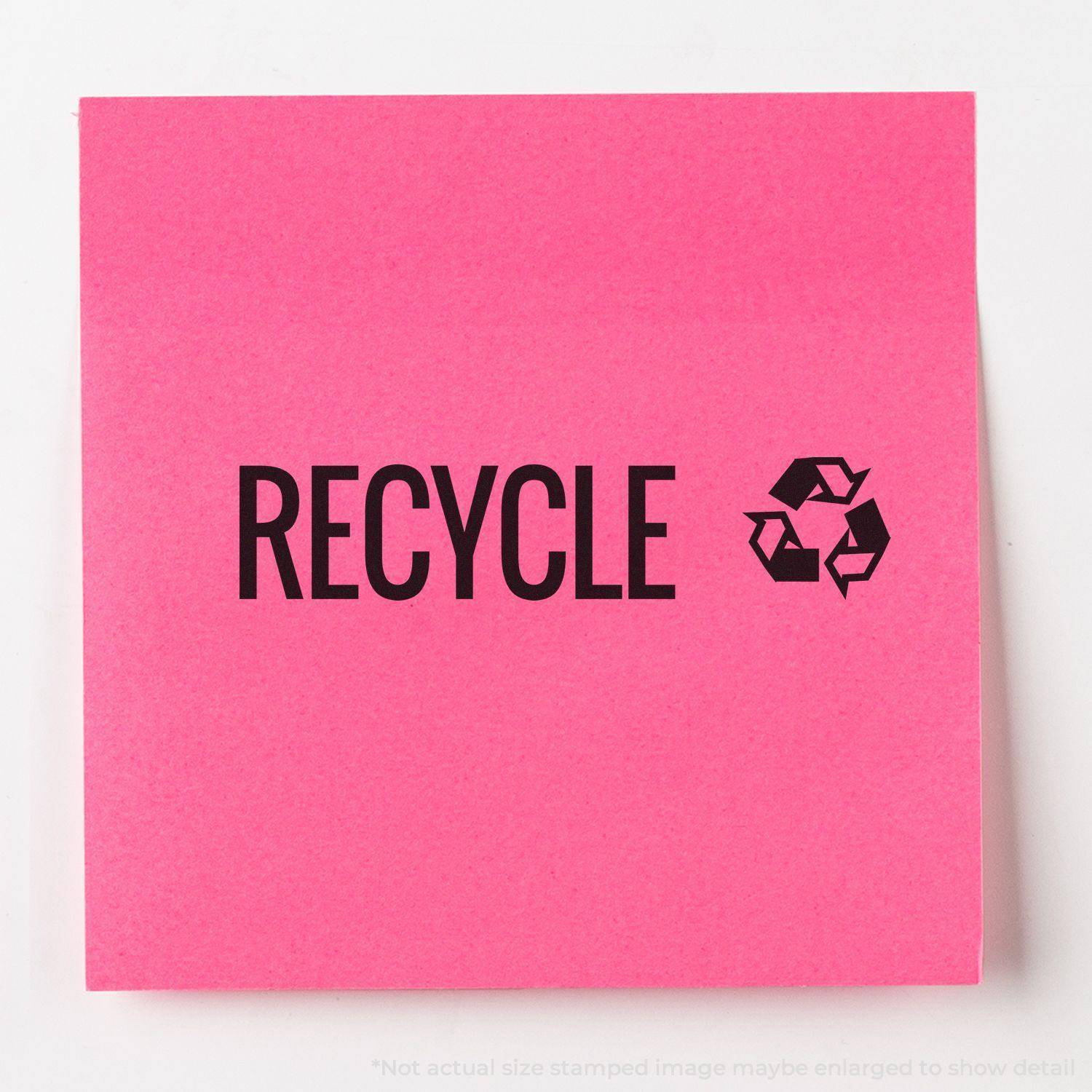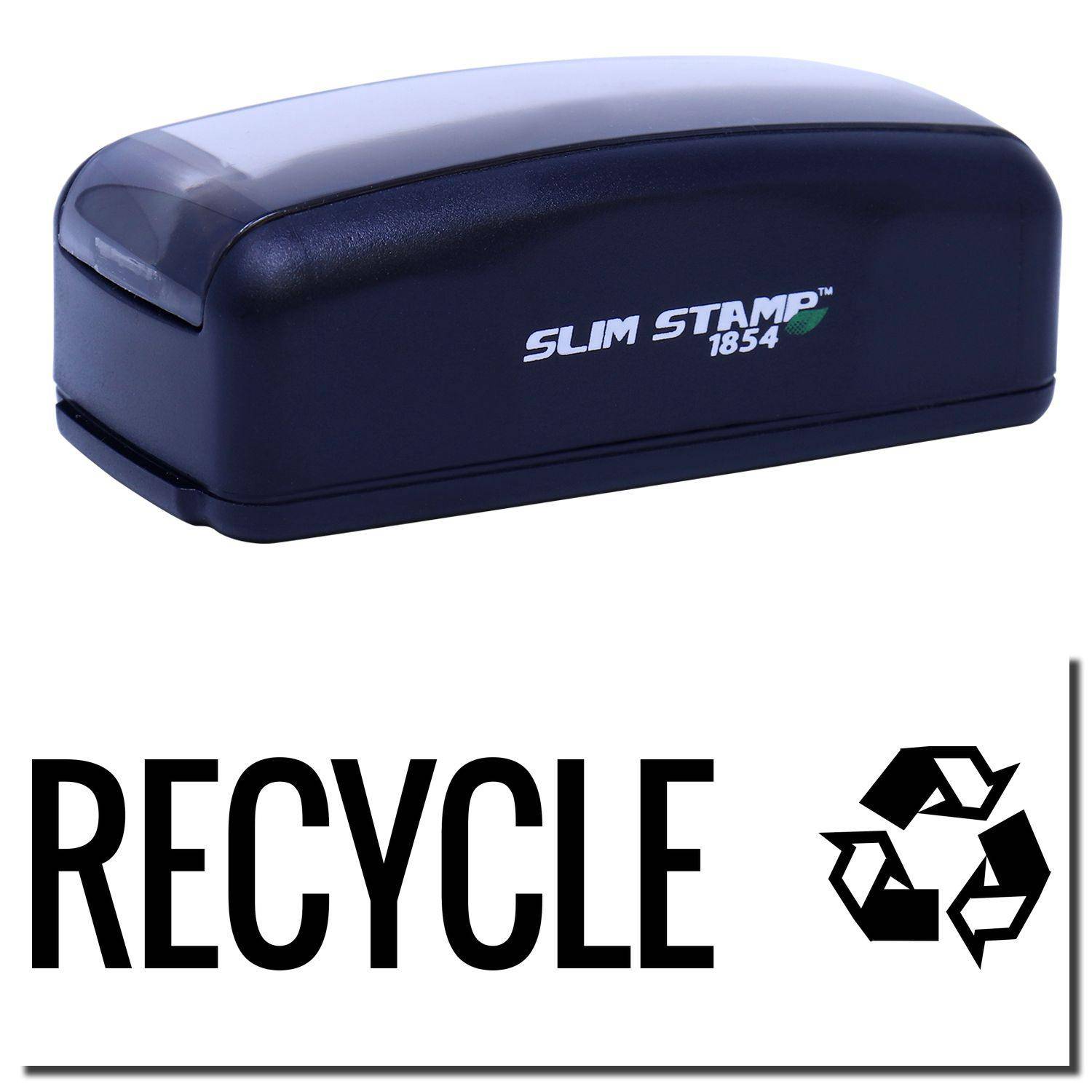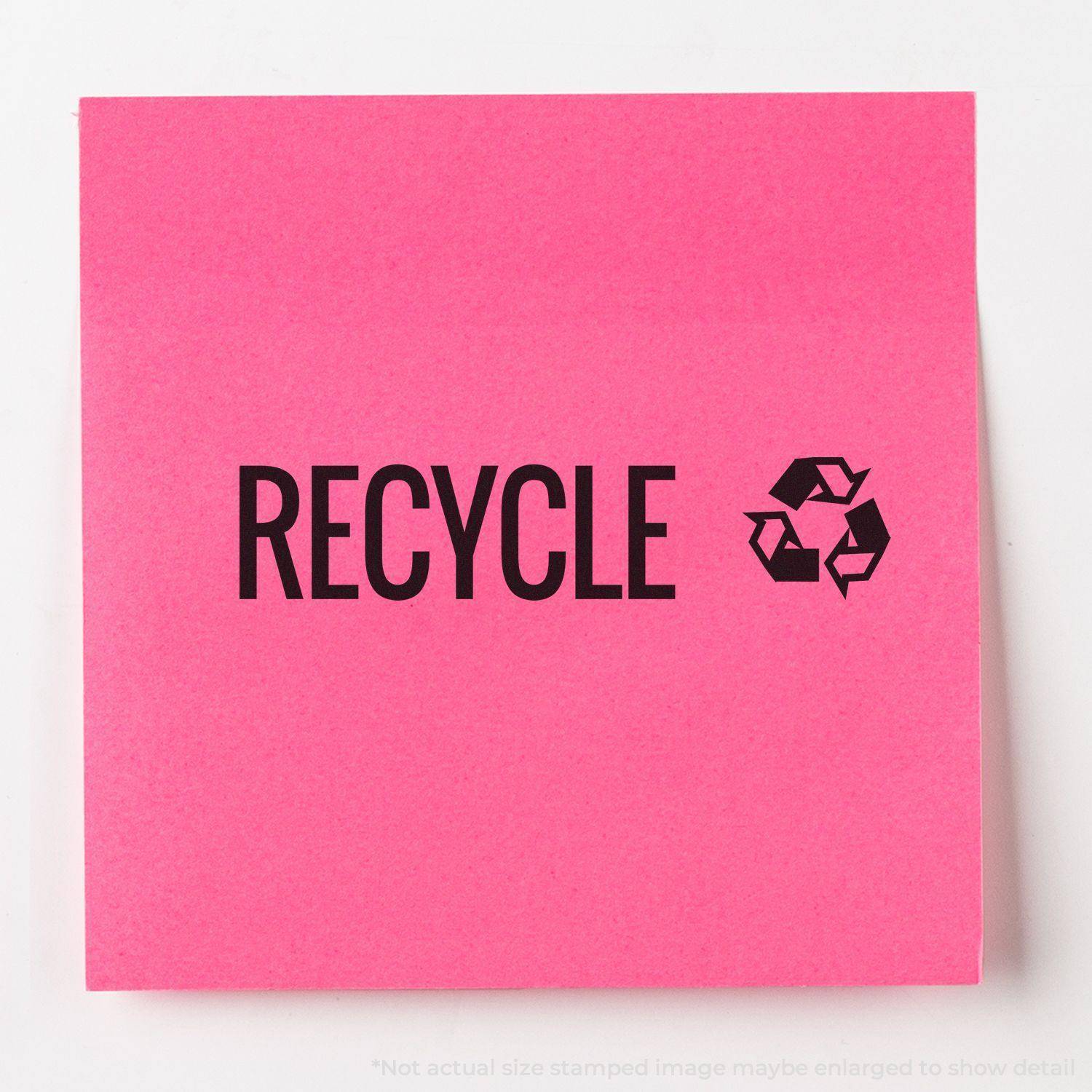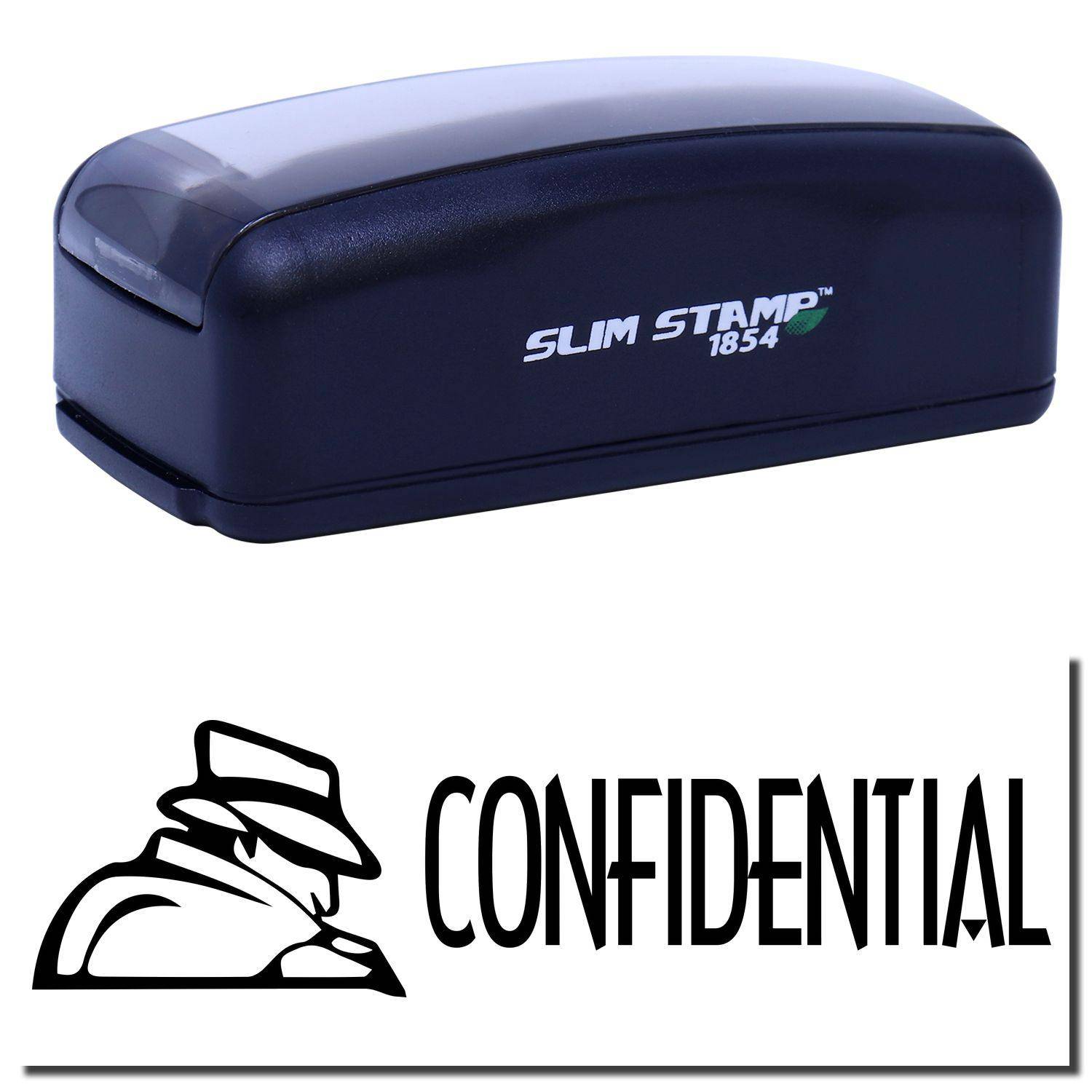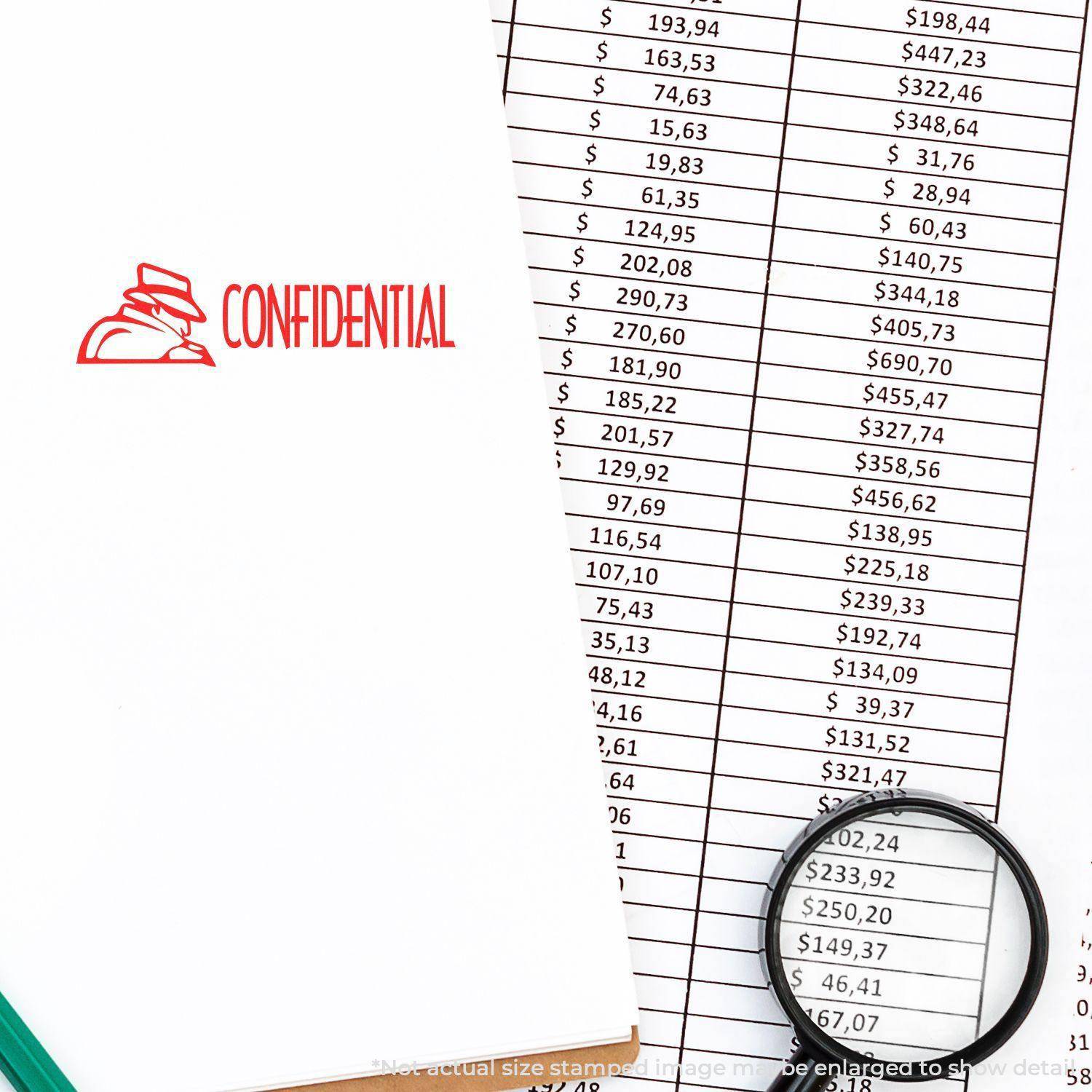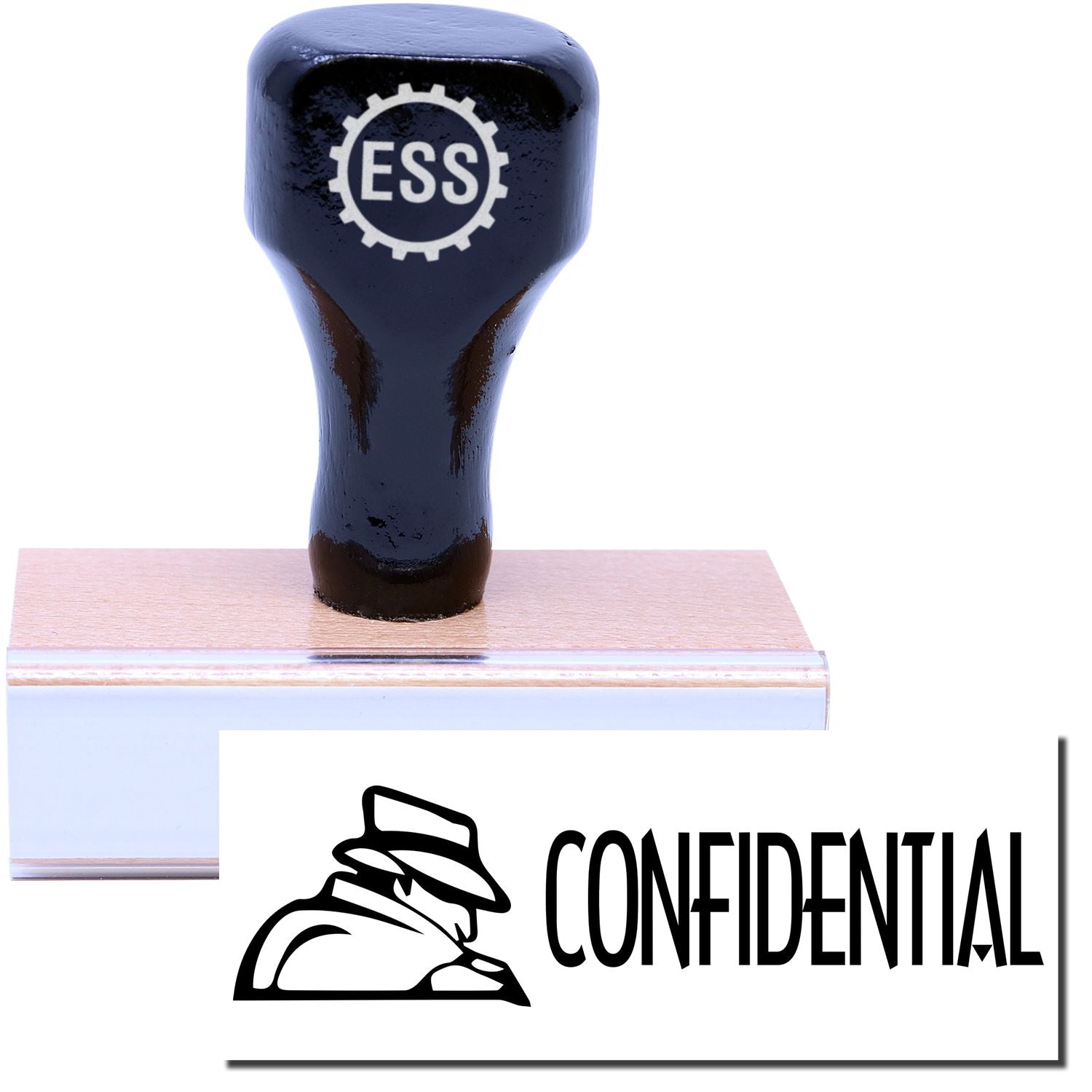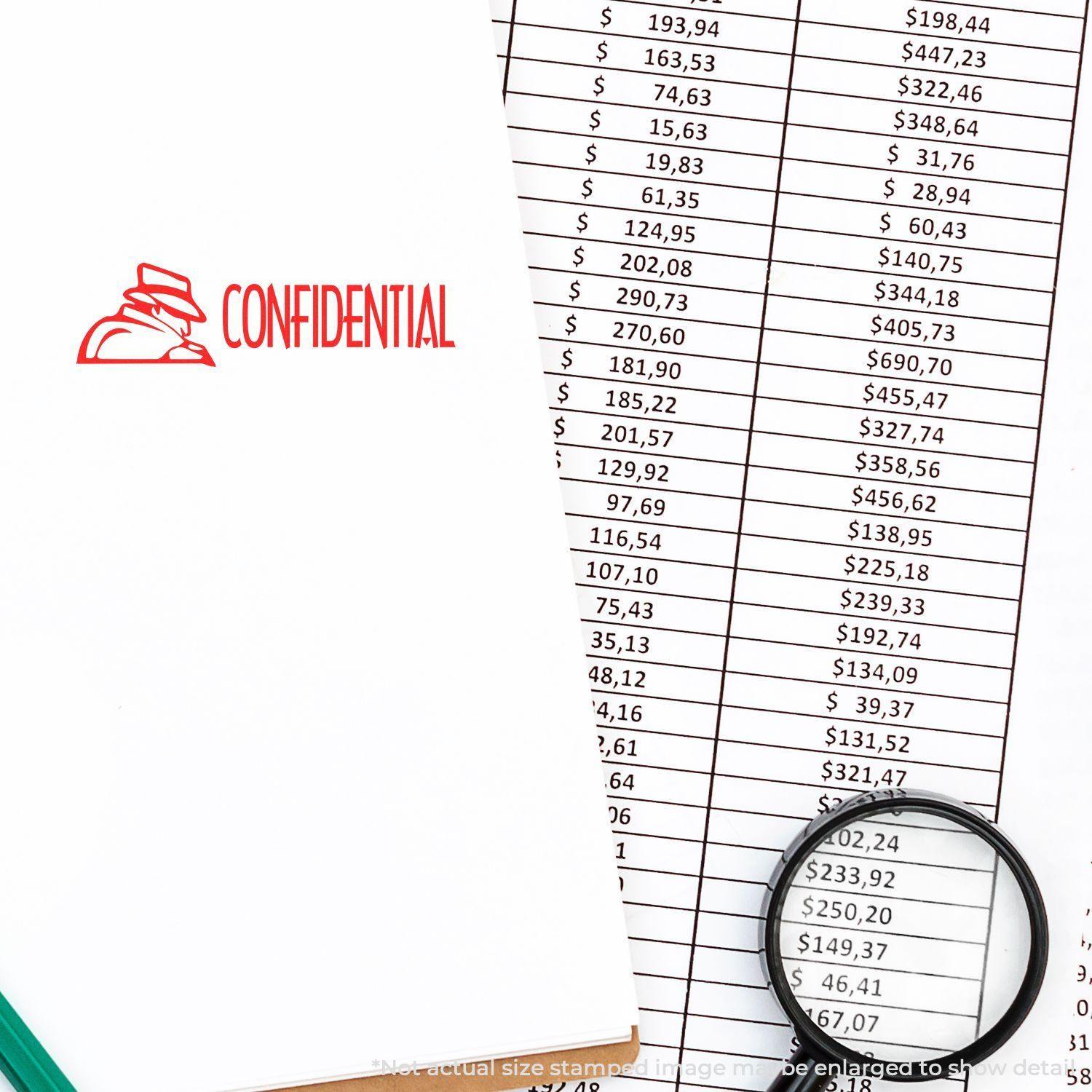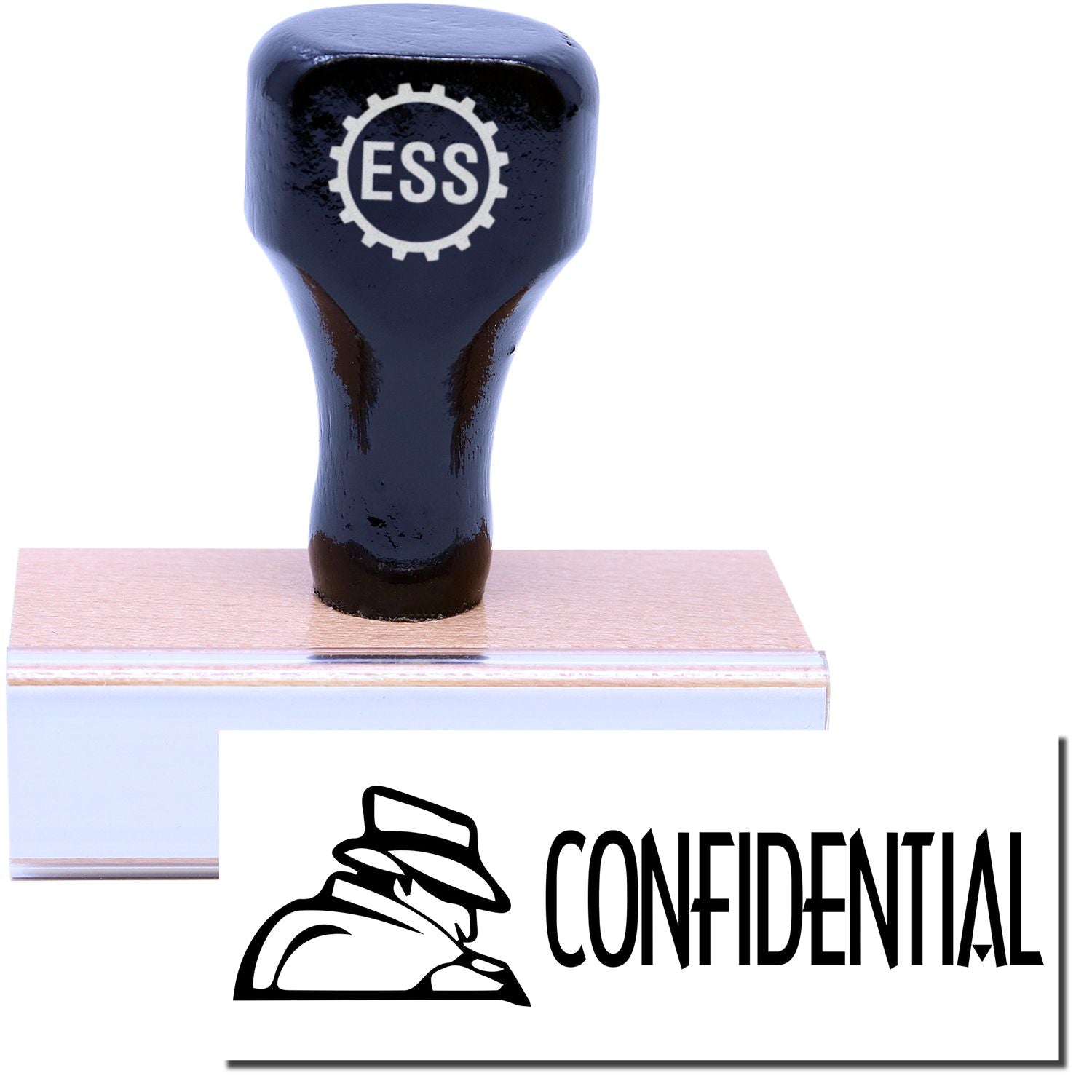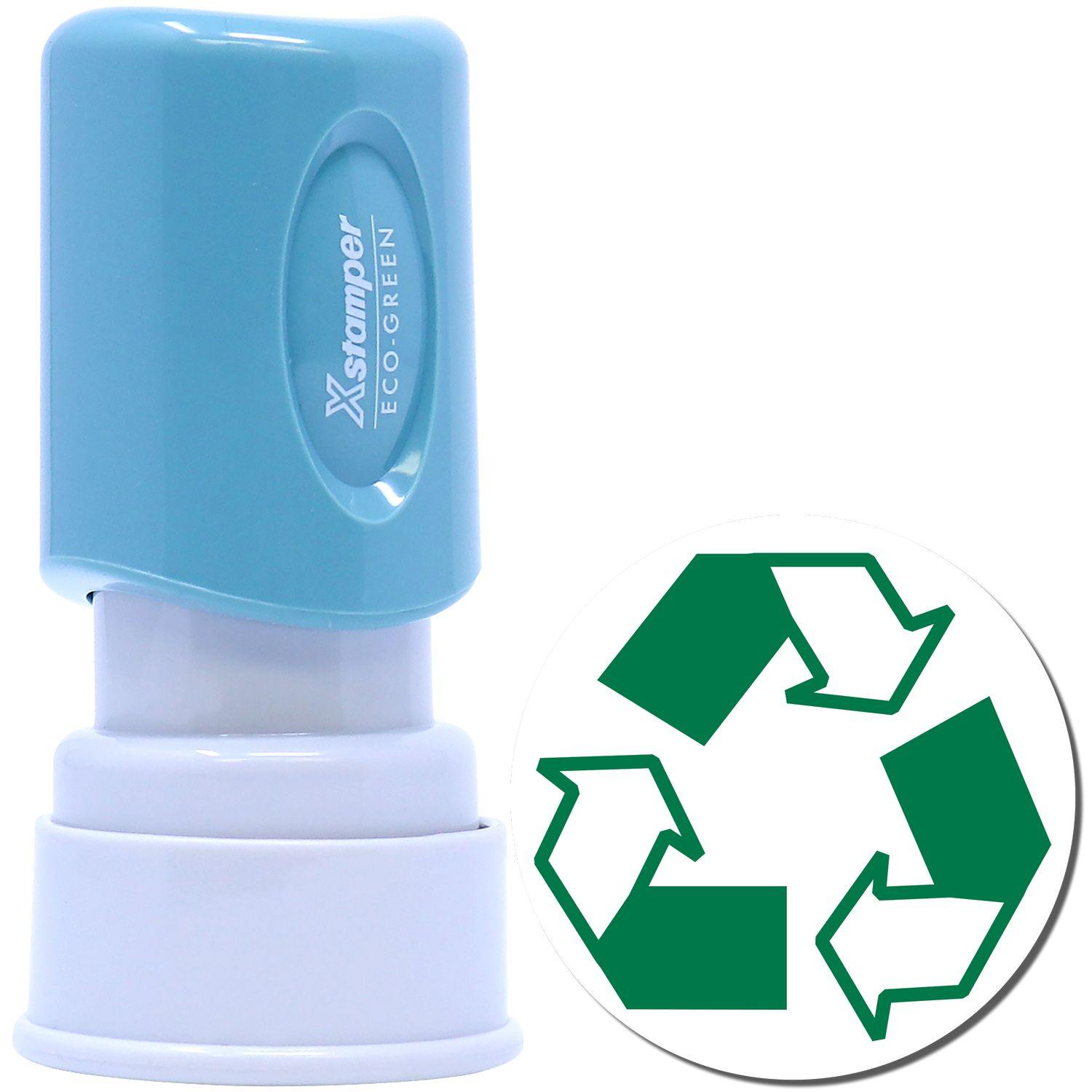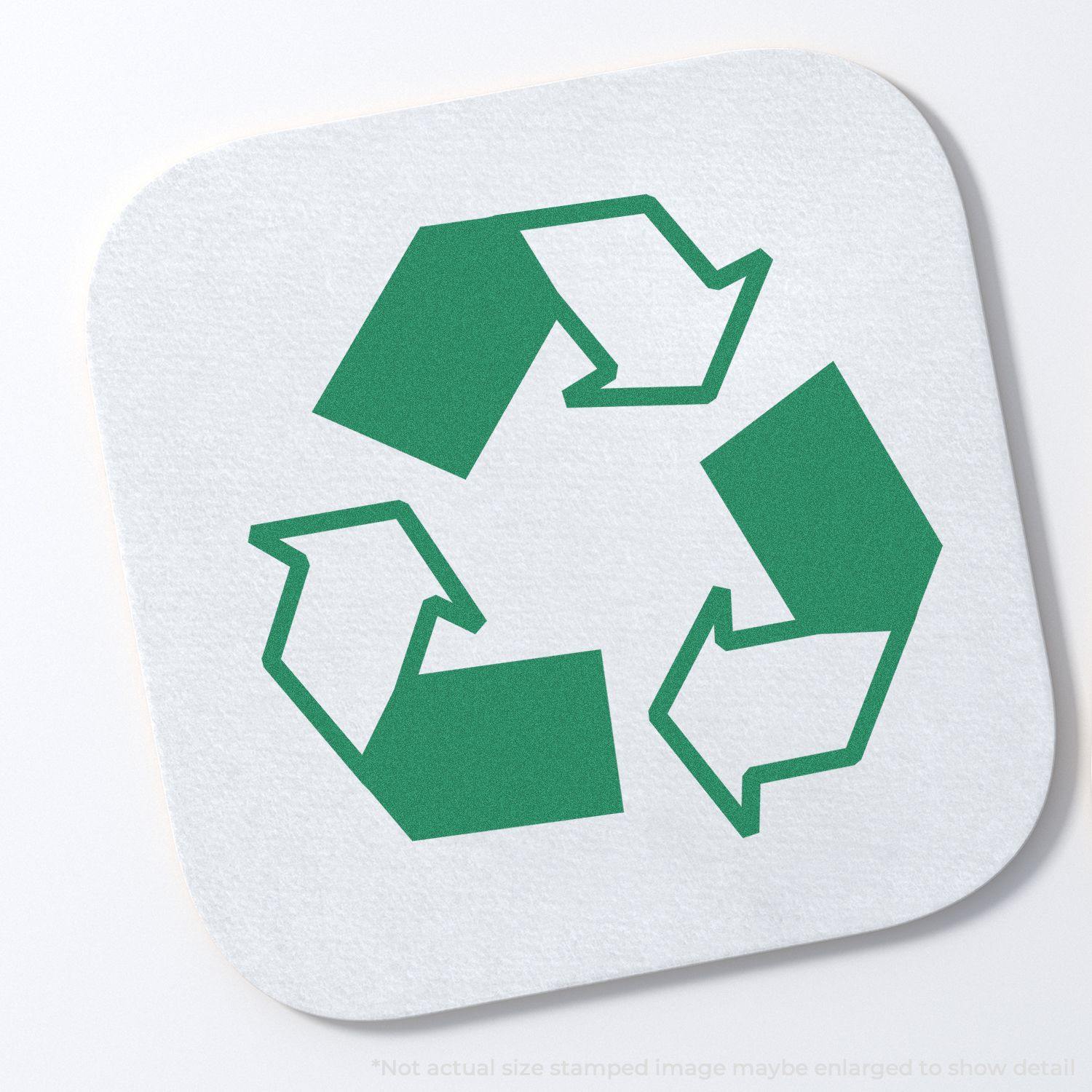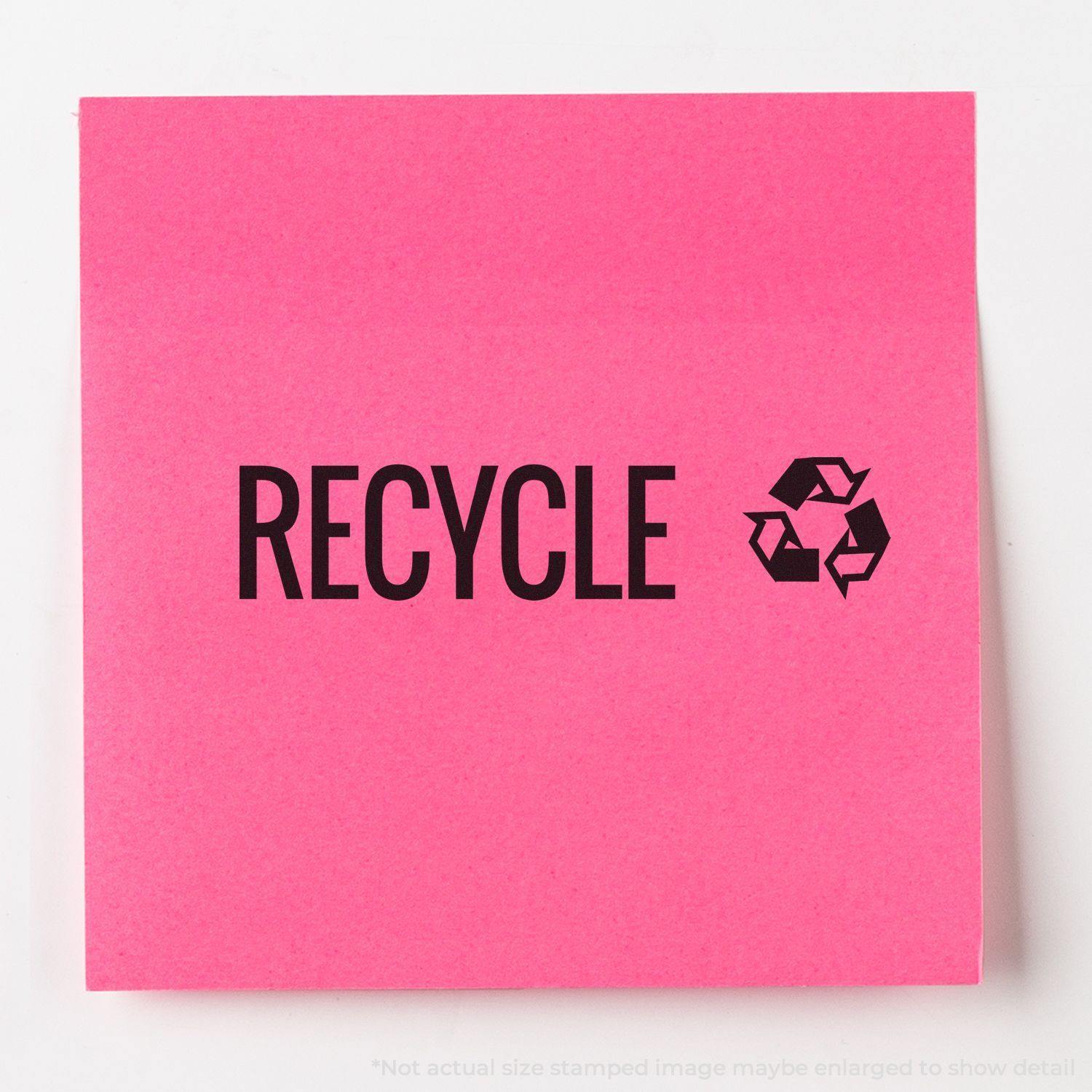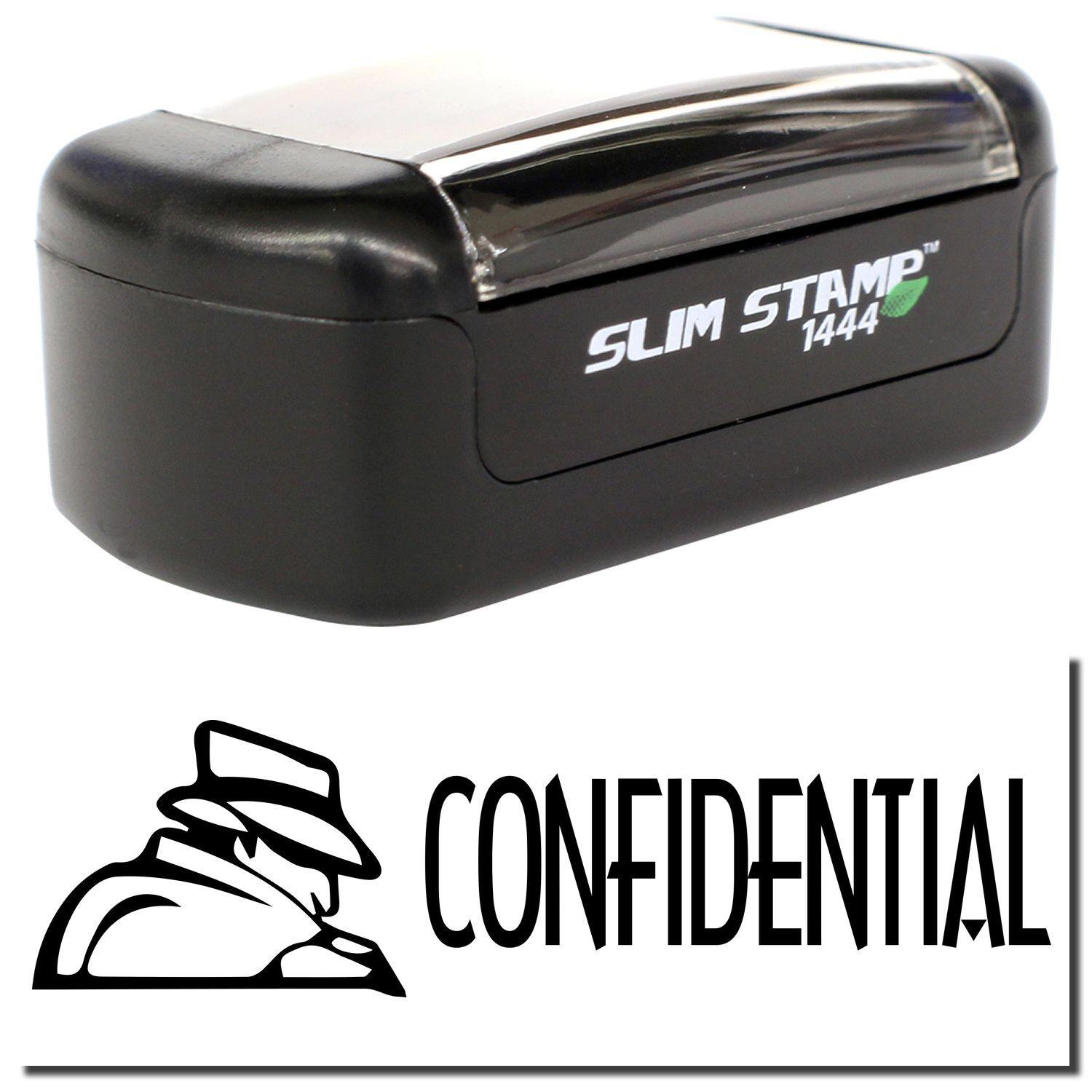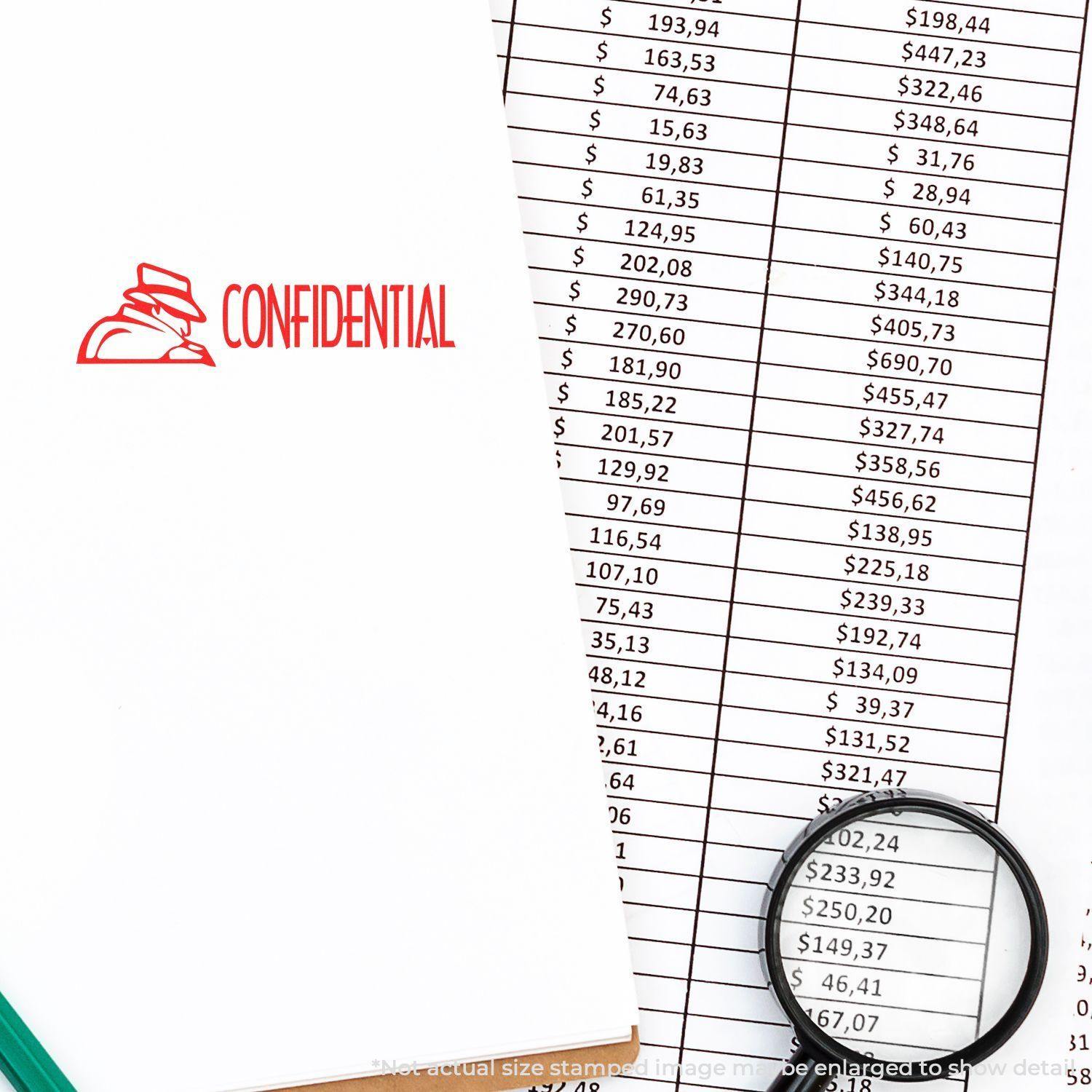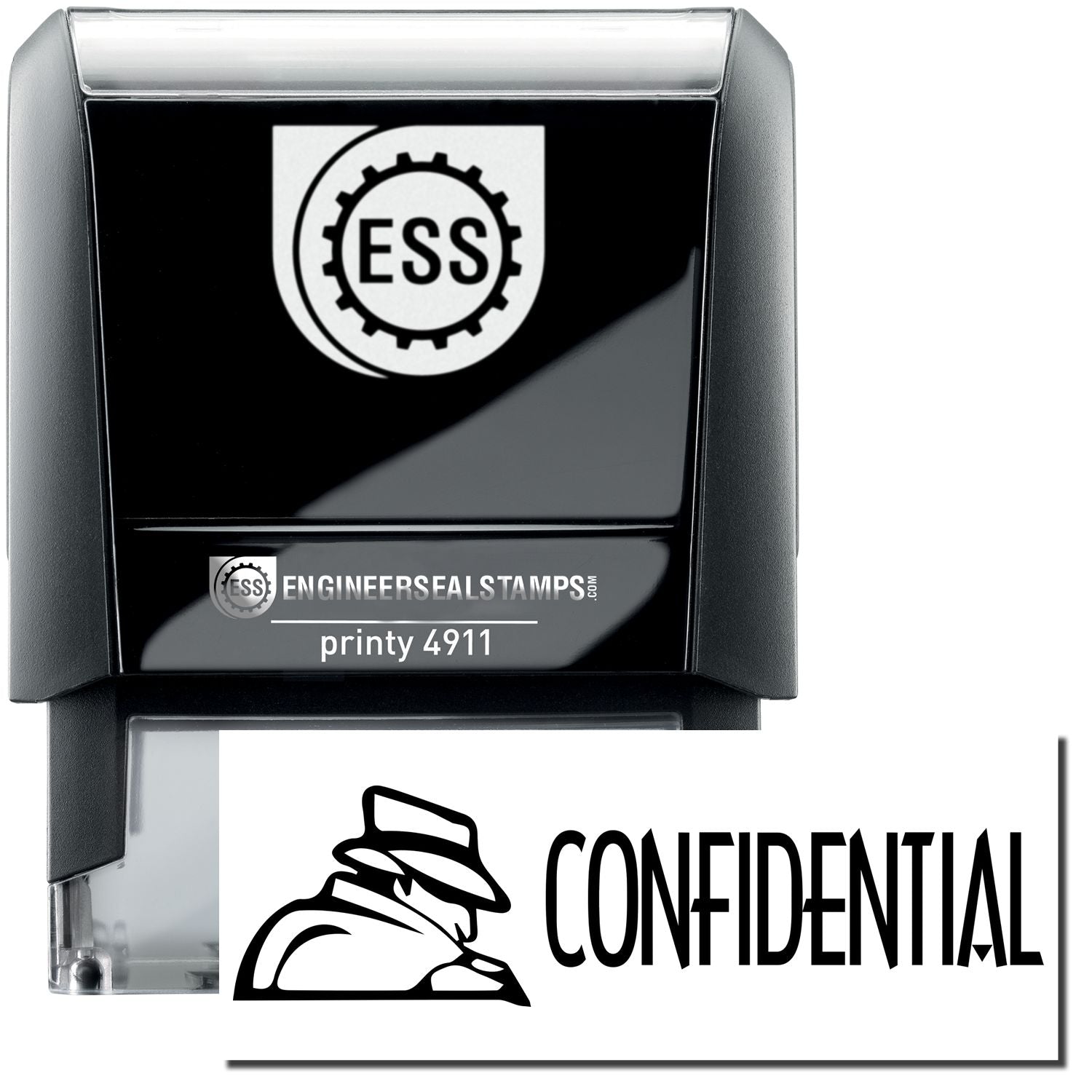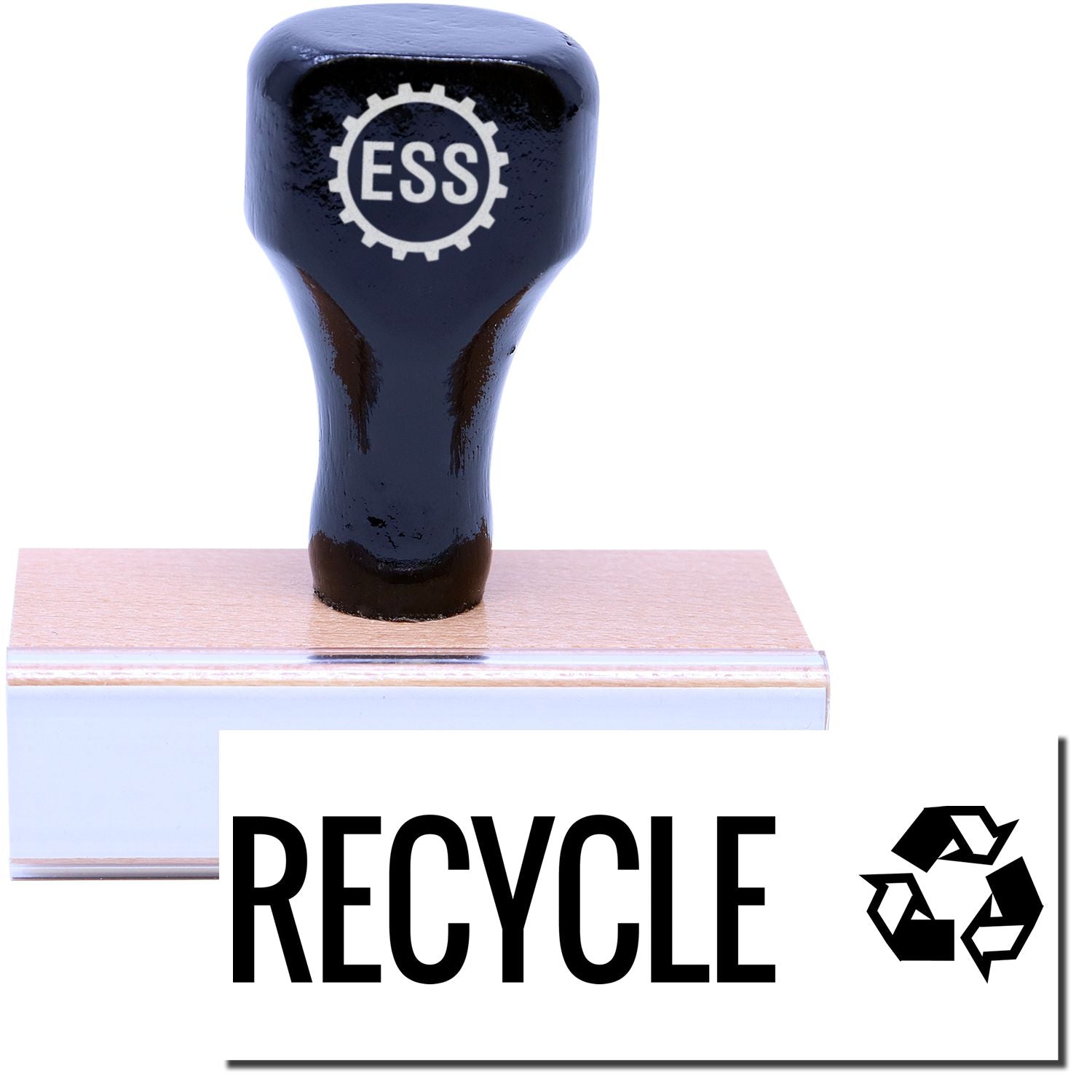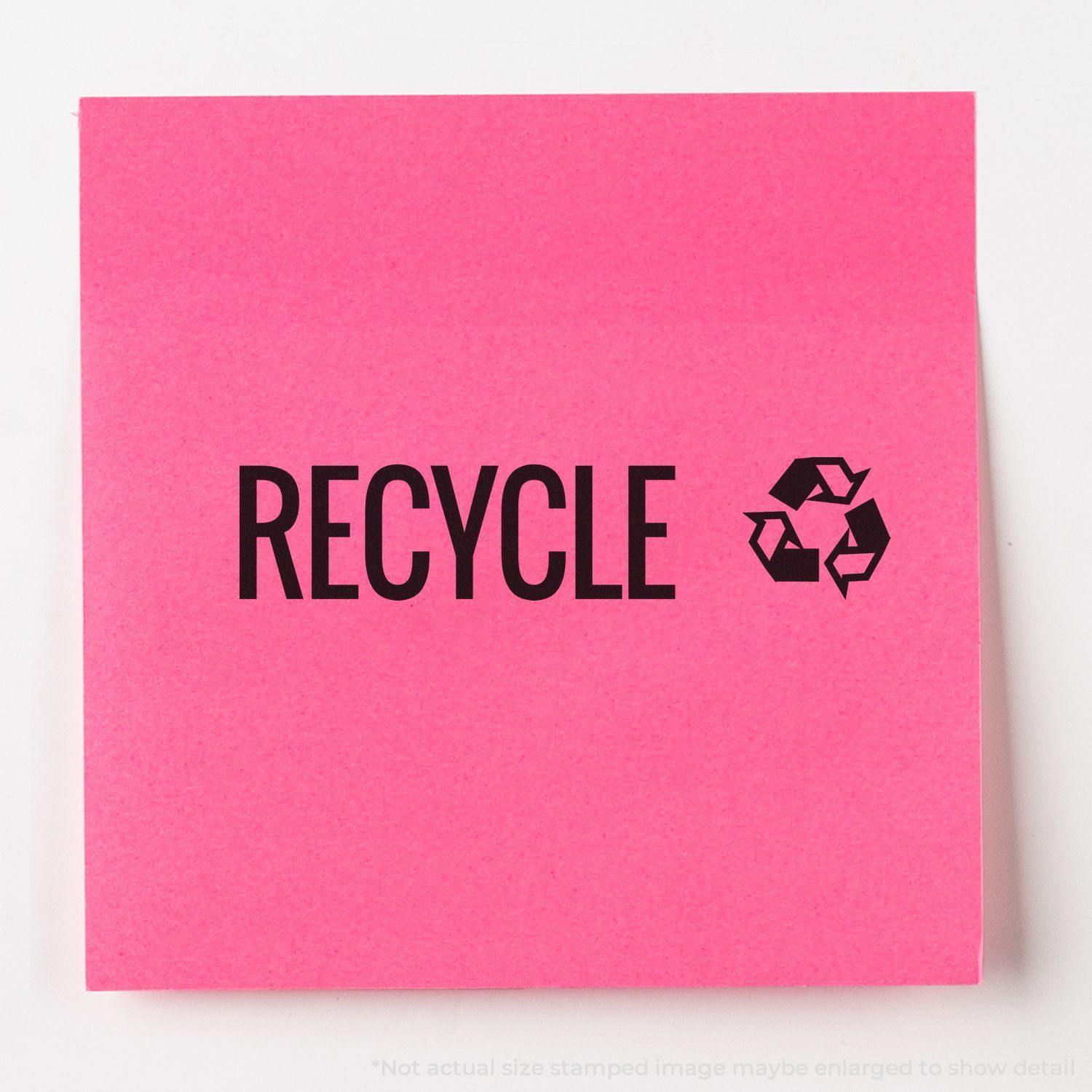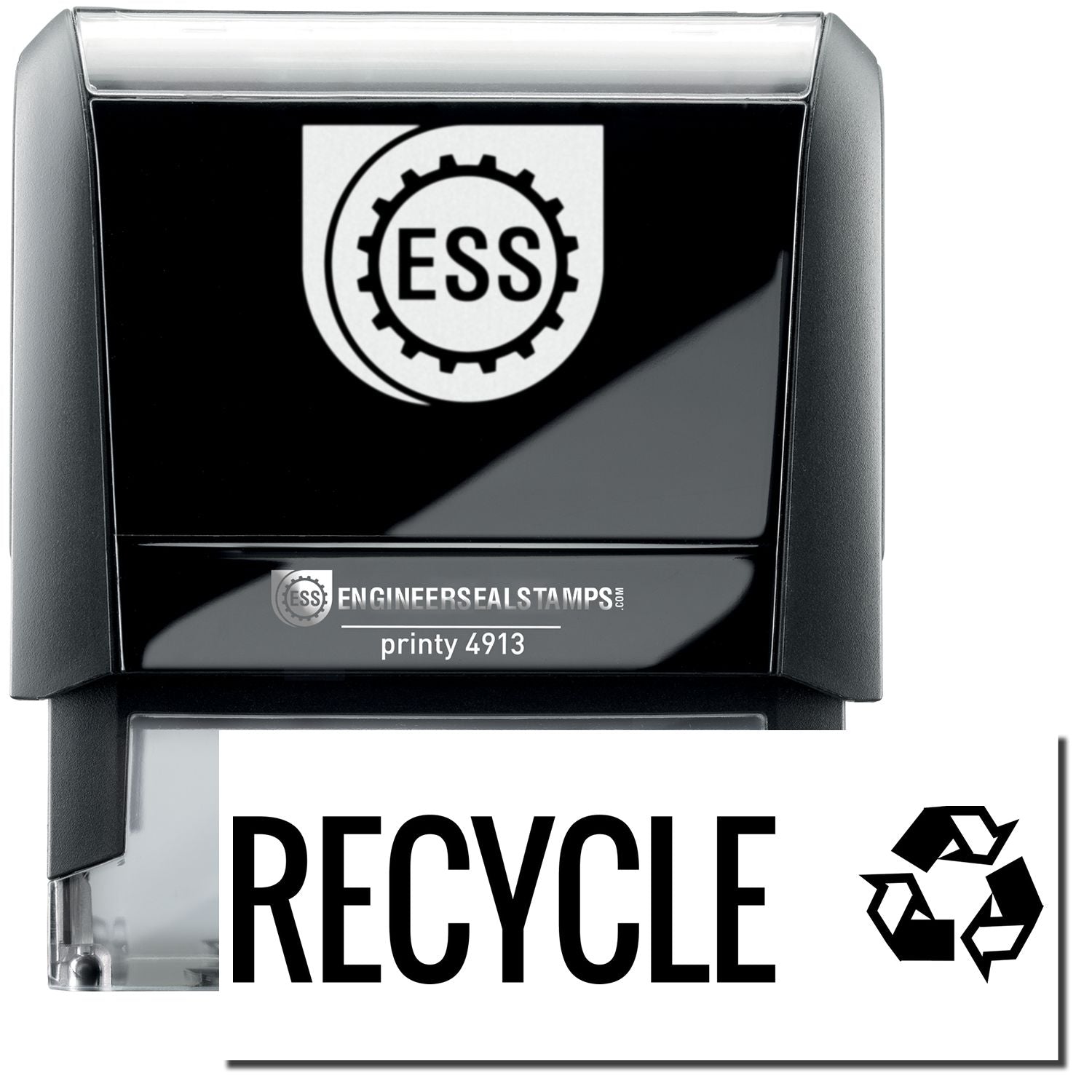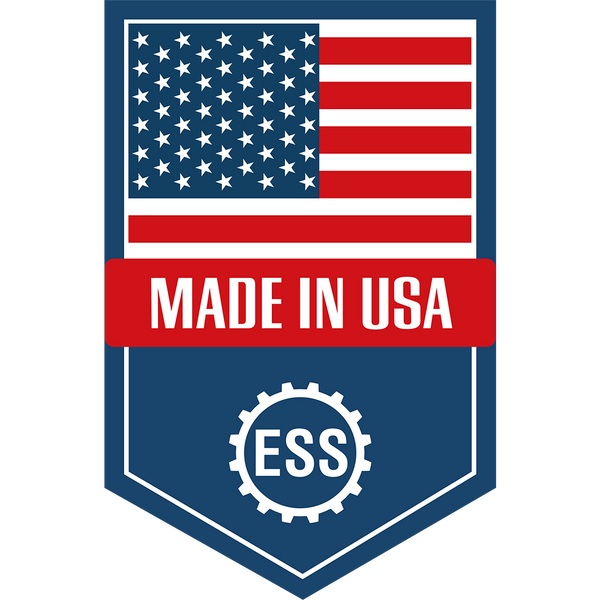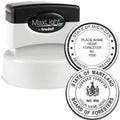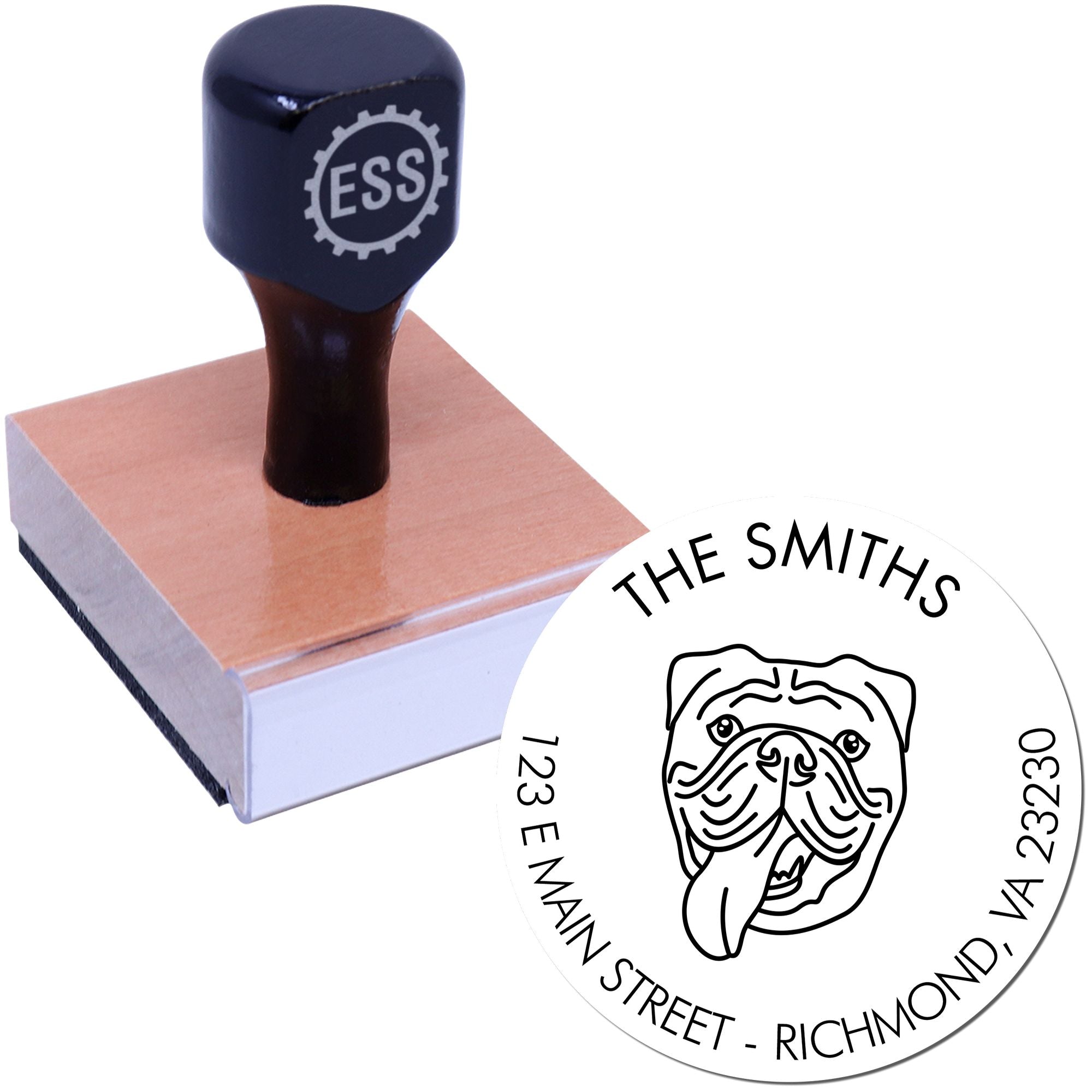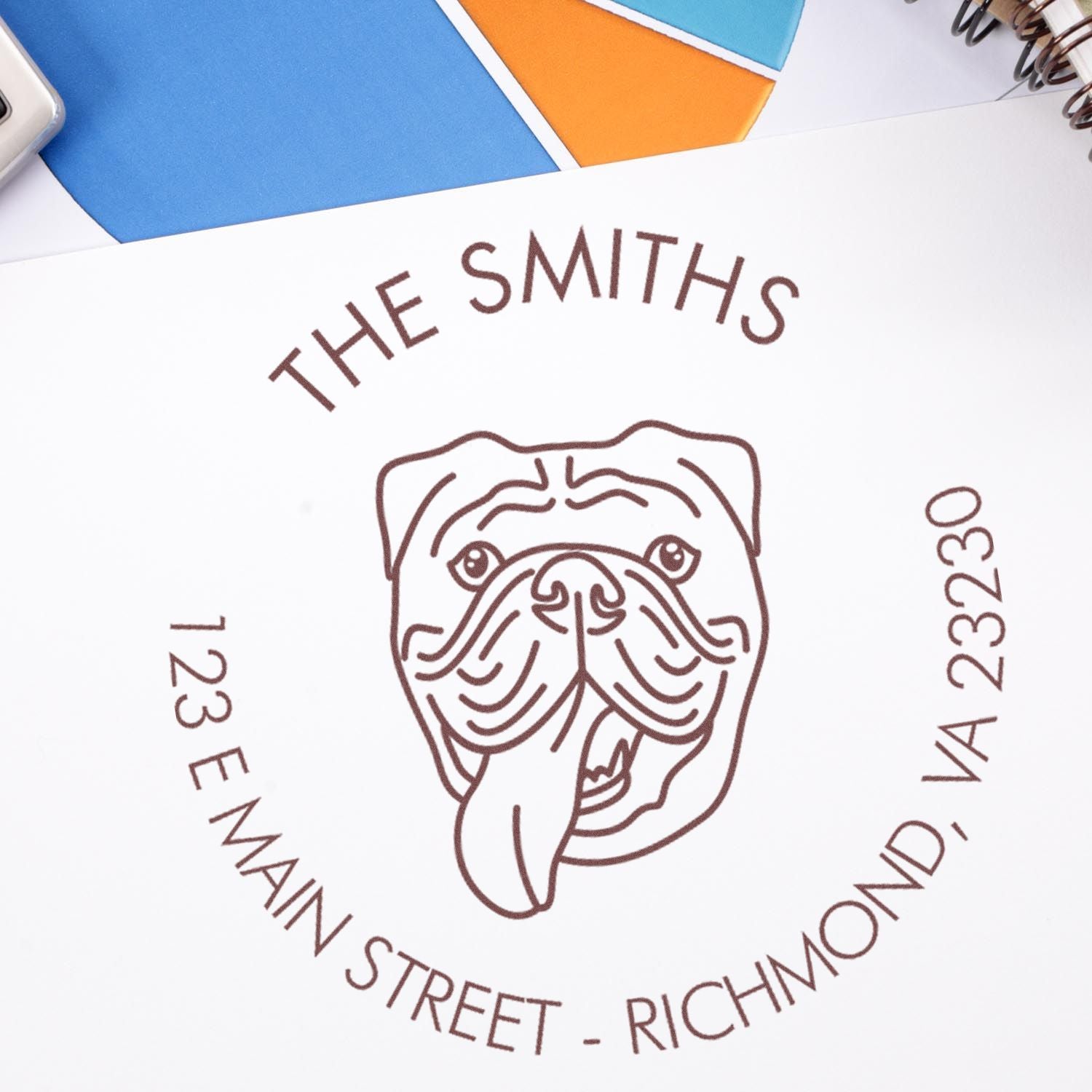If you work in insurance, you know how crucial accurate record-keeping can be. Every appointment, policy change, and claim must be dated precisely, so you can find and verify information in a snap. That’s where custom date stamps for insurance come in handy. By stamping the correct date on forms, invoices, and other vital documents, you reduce confusion and speed up your daily workflow. After all, time is money in the insurance field, and a quick, reliable solution can make all the difference.
Below, you’ll learn what makes custom date stamps so valuable, how to choose the right one for your projects, and how to keep everything running smoothly. We’ll explore different stamp styles—like large date stamps or round date stamps—and explain how these tools can seriously streamline your insurance process. Ready to find a stamp that fits your every need? Let’s dive in.
Recognize the value
Why date stamps matter
Picture your desk piled with policies, claim forms, and renewal notices. Keeping track of every single detail can feel overwhelming, especially when you have multiple clients on different timelines. Date stamps transform those messy piles into well-organized stacks by providing a quick way to mark the exact date of reception or modification. Once stamped, you can see at a glance which items need attention first.
If you’ve ever spent precious minutes hunting for a lost signature date or verifying coverage deadlines, you know the hassle of not having consistent labeling. With a date stamp, each file gets its own time-stamped identity. And when you factor in the potential for human error—like accidentally jotting down the wrong date—having an ink imprint that’s both clear and automatic offers peace of mind. Plus, date stamps are portable, so you can bring them anywhere in the office or on the road.
How they help insurance tasks
In insurance, time is everything. Each policy has an effective start date and an end date. Claims often must be submitted by a specific deadline. Even everyday tasks, like logging payments or invoicing, revolve around accurate time tracking. With custom date stamps, you can:
- Check policy effective dates quickly
- Stamp received claims as soon as they arrive
- Date and file invoices with proper references
- Keep customer documents in correct chronological order
By combining organized documentation with precise, readable date imprints, you set yourself up for smoother audits, easier file retrieval, and fewer client disputes. Before you know it, you’ll see your paperwork in a new light—easy to navigate, properly labeled, and well within regulatory guidelines.
Explore your stamp options
Types of date stamps
Not every insurance workflow is identical. Some specialists handle life insurance, others deal with auto claims, and still others focus on property or liability coverage. That’s why there’s a wide variety of date stamps to suit different tasks. Below are a few common types.
Traditional stamps
Traditional date stamps use a separate ink pad. You manually press the stamp onto the ink pad, then onto the paper. They’re typically cost-effective, and you can switch out ink colors whenever you want. But if you use them frequently, re-inking can feel tedious. This type is best if you only stamp occasionally or if you appreciate the flexibility of switching ink pads.
Self-inking stamps
Self-inking stamps (sometimes called self-inking date stamps) carry a built-in ink pad inside the stamp unit. Each time you press down, the die plate flips to contact the ink pad, then stamps your paper. Because the inking is automatic, these are perfect for high-volume tasks—like those you might see in an active insurance office. The ink pad is replaceable, so once you need to refresh it, a quick swap keeps you rolling.
Heavy-duty stamps
When you’re dealing with a large stack of documents daily, you need something rugged, so that’s where heavy-duty date stamps come in. These models often feature metal frames and can handle thousands of impressions without breaking a sweat. They’re great for busy insurance offices that see a massive intake of claims, renewal forms, or coverage cancellations. The extra durability means you won’t worry about misalignment, slipped digits, or shaky impressions.
Selecting the right features
Think about your daily stamping needs. If you frequently mail out documents and want to mark each one on the go, a compact self-inking stamp might be best. If you handle thick, multi-page forms in a high-volume setting, consider a heavy-duty option to ensure long-term reliability.
Also consider if you’re stamping plain paper, carbon copy forms, or heavier cardstock. Some stamps have adjustable bands you can turn for day, month, and year, so you can quickly update the date. Others might let you add a custom message—like “Received,” “Approved,” or “Processed”—alongside the date. These added features can give you maximum clarity in your workflow.
Take advantage of customization
Size, layout, and text
Customization isn’t just about picking a color for your stamp handle. It also involves choosing the ideal layout, text, and numeric format to show exactly what matters to your insurance operations. Maybe you need the month spelled out for clarity, or perhaps you prefer a numeric format for quicker data entry. Large date stamps give your text extra visibility on documents that might be examined by multiple people.
Choosing the right size is important so that your stamped details are legible without taking up half the page. If you plan to store these documents for several years, choose a layout that remains clear. After all, you might need to revisit a policy or claim from five years ago. You want that date imprint to still look sharp.
Adding brand identity
In some cases, you may want your date stamp to do double duty for branding. Adding your company name or logo next to the date can establish professionalism in your client communications. This can be especially helpful if you mail out coverage packets, disclaimers, or official policy updates. When a customer sees your clearly marked date plus your brand, they’ll know they’re dealing with a reputable, organized insurance provider.
For instance, if you want your brand consistently visible on every piece of outgoing mail, you could consider adding your logo. That little detail can reinforce your image to policyholders. Alternatively, you might just embed your agency name in small letters below the date. Either way, a custom stamp that includes your branding can set your documents apart.
Ensuring consistency
In insurance, clarity and consistency mean everything. If one set of documents shows the date as “MM-DD-YYYY,” while another set uses “Month Day, Year,” confusion can creep into the process. The advantage of custom date stamps is that you can lock in a uniform format across all your paperwork. This makes it easier for both internal teams—like underwriting and claims—to quickly interpret dates.
It also helps standardize communication with policyholders. When your insured customers see the same date format on every policy endorsement and claim form, they know what to expect. Less confusion means less time clarifying details over the phone, allowing you to focus on finalizing policies or investigating claims.
Use custom date stamps efficiently
Speeding up paperwork
If you regularly juggle multiple claims or policy updates in a single day, you can’t afford to manually write the date on every document. Custom date stamps speed up your workflow by printing an exact date in a fraction of a second. That split-second time-saver adds up when you’re managing dozens of files a day.
Here’s a tip: keep your date stamp within arm’s reach so you don’t lose momentum by hunting around your desk. If you plan to move around different parts of the office, consider a portable stamp that travels well. And remember to store a backup stamp, just in case. Once you get in the habit of using a date stamp, you’ll struggle to go back to scribbling dates by hand.
Improving accuracy
Handwritten dates can be prone to smudges or misinterpretation, especially if you’re rushing. There’s also a chance you might slip up, like noting “May 3rd” when it’s really “May 2nd.” A stamp eliminates that risk because every impression contains the correct information you set. As a result, you won’t have to scribble out mistakes or waste time double-checking your own handwriting.
Accuracy is vital in insurance. A single date error can stall a claim, cause payment disputes, or even create regulatory issues. When your date is clear and unambiguous, you ensure your office meets compliance and your records stay valid. You’ll also look more professional to clients.
Reducing errors
Efficiency often goes hand in hand with error reduction. Busy insurance professionals have a thousand tasks on their to-do list, and it’s easy to slip a day or two when writing the date under pressure. Errors can lead to delayed claims or confusion about effective coverage dates. With custom date stamps, you set the date once, then consistently apply it throughout your documents.
Not only does this build trust with clients and colleagues, but it protects you from potential disputes. After all, inaccurate dates can escalate quickly into arguments over missed deadlines or coverage gaps. A date stamp is a simple tool that prevents those headaches, giving you more time to focus on client service.
Consider round and large stamps
Round stamps for clarity
If you’re looking for something that stands out, round date stamps might be the answer. Their distinct shape makes the date imprint easy to spot on any document. This can be especially helpful if you’re regularly auditing files or scanning through claims. Round stamps also have a neat, professional look that can complement your branding.
Round stamps often work well for official letters or smaller documents where you want to add a bold mark. They can add a polished flair to your paperwork, letting clients see the date quickly without rummaging through text. Just be sure to pick a diameter that won’t overwhelm your page layout.
Large stamps for visibility
For extremely important documents—maybe those that require immediate attention—a large date stamp can help. Bigger font sizes and a more prominent imprint ensure the date never gets lost in the fine print. Large stamps are also beneficial if you often work with cluttered documents filled with disclaimers or additional clauses. When dates must catch the eye, bigger is usually better.
Of course, you’ll need enough stamping space to accommodate a larger impression. If your policies or notices have only tight margins, a more compact stamp might be a better fit. Ultimately, the choice comes down to whether you need maximum visibility or you want to conserve space on your forms.
Maintain your stamps
Cleaning tips
Even top-quality stamps need a little care to keep them producing crisp, legible imprints. If you use a self-inking stamp, periodically wipe off dust or never-used ink from the surface, especially around the date bands. A small cloth or even a cotton swab can help. For traditional stamps, clean the surface of the rubber die occasionally and make sure your ink pad stays debris-free.
Avoid heavy solvents or household cleaners—they can deteriorate the rubber or plastic parts. Instead, use something mild, like warm soapy water (applied with a cloth), and dry thoroughly. It only takes a minute, and the benefit is a consistently sharp impression on every document.
Replacement parts
Your date stamp includes turning bands for the day, month, and year, which wear down over time. The ink pads in self-inking models eventually dry out or lose their even coverage. Rather than buying a brand-new stamp when this happens, check for replacement parts to keep your stamp going. You can often pick up new date bands or fresh ink pads from the same store or supplier.
At Engineer Seal Stamps (ESS), we offer a range of replacement components for custom date stamps. This means you don’t have to toss your entire unit just because the date band has expired. By swapping out older pieces, you extend the lifespan of your stamp, reducing waste and saving you money.
Storage best practices
A little planning goes a long way in ensuring your stamps last. Store them upright so the impression surface doesn’t rest on a dirty surface. If you have multiple date stamps or large date stamps in your toolkit, consider designating a small box or drawer for them. This keeps the rubber surfaces protected from dust and accidental knocks, which can misalign your date bands.
Temperature and humidity also play a role. Extremely hot conditions can dry out ink and warp rubber parts. Very cold conditions can make the plastic stiff and brittle. Aim for a normal office range—somewhere that’s comfortable for you will likely be comfortable for your stamps as well. This care and consistency ensure that your stamp is ready whenever you need it.
Trust Engineer Seal Stamps
Quality guarantee
When it comes to choosing your custom date stamps, you deserve products that keep up with your busy day. That’s why ESS focuses on premium materials and top-notch construction. From the rubber imprint to the metal or plastic frame, every component is fine-tuned to deliver a crisp, accurate date. Our date bands are built to rotate smoothly, so you’re not fumbling with stuck wheels or crooked digits.
In the long run, a quality stamp saves you time, money, and hassle. You won’t have to worry about buying endless replacements or dealing with unpredictable, faint impressions. Instead, you get a tool that does its job consistently—no guesswork required.
Rapid delivery
We get it—when you need a date stamp for insurance forms, there’s no time to waste. That’s why ESS offers rapid delivery options to get your custom stamps to you as soon as possible. Whether you’re restocking an entire office or just replacing an older unit, our shipping services ensure no major downtime in your daily process. After all, the insurance business doesn’t slow down just because you’re waiting for a new stamp.
Customer support
Have questions about which date stamp will handle your thickest policy documents, or how to re-ink a self-inking stamp? Our support team at ESS is just a ring or click away. We believe in helping you find the right solution, so you can get back to focusing on your clients. If you ever run into an issue with your stamp or just need advice on customization, we’re here to guide you.
We also stand by our commitment to professionalism, offering quick answers to your stamp-related concerns. Whether you need advice on a large date stamp for extra visibility or want to explore a more compact round date stamp, our team has the knowledge to help you decide.
Frequently asked questions
Can I use my date stamp for paperwork other than insurance?
Absolutely. While date stamps are a big help in insurance contexts, they’re also useful for general filing, HR paperwork, or administrative tasks. If you want a dedicated option for broad office work, you might consider custom date stamps for paperwork.Can I get multiple date formats on one stamp?
Many custom stamps can accommodate different formats by spinning the date bands differently, although typically you choose one configuration at a time. If you need something fully customized with multiple sections—like text plus different date layouts—be sure to specify this when you place your order.How often do I need to replace the ink pad?
This depends on usage and the model of stamp. With moderate daily use, a self-inking pad often lasts several months before needing a replacement. If you stamp hundreds of documents daily, you might need a fresh pad sooner.Are larger date stamps harder to use?
Not necessarily. Large date stamps can provide a more visible impression, but they do require a bit more space on the page. If you regularly handle policy documents with limited margins, consider whether a bigger stamp might crowd your text. Otherwise, they function similarly to smaller models.Do I need special approval for using a custom stamp in insurance?
In most cases, you do not need special regulatory approval to stamp documents, as long as you’re not altering official fields or forging signatures. However, it’s always wise to check specific state or country regulations, especially for highly regulated insurance documents.Can I add a unique message alongside the date?
Yes. Many stamps let you include extra text, like “Received,” “Verified,” or your agency name. This is a great way to tailor your stamps to the specific steps in your workflow. You could even incorporate a custom phrase for your underwriting or claims process if it helps streamline tasks.
By now, you can see how custom date stamps can transform your insurance workflow—helping you stay accurate, organized, and even a little more relaxed. Whether you opt for a heavy-duty stamp, a round date stamp for stylish clarity, or a large date stamp for maximum visibility, having the right tool on your desk is a game-changer.
Take a moment to think about your unique needs: how many dates you mark each day, how often you switch between tasks, and what kind of impression you’d like to leave for clients. Then pick a custom date stamp that aligns with those preferences. With top-quality products and rapid delivery from Engineer Seal Stamps, you’ll be fully equipped in no time. Now it’s your turn to stamp out confusion and step into a smoother insurance workflow. Enjoy the organized life!

